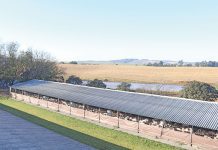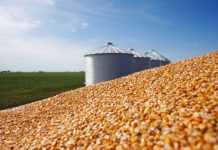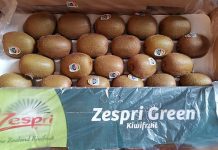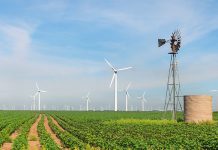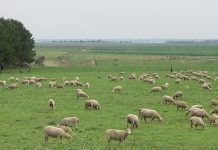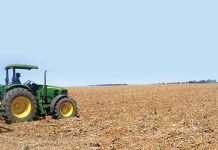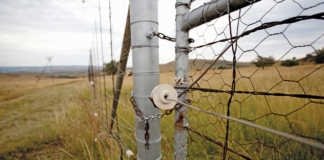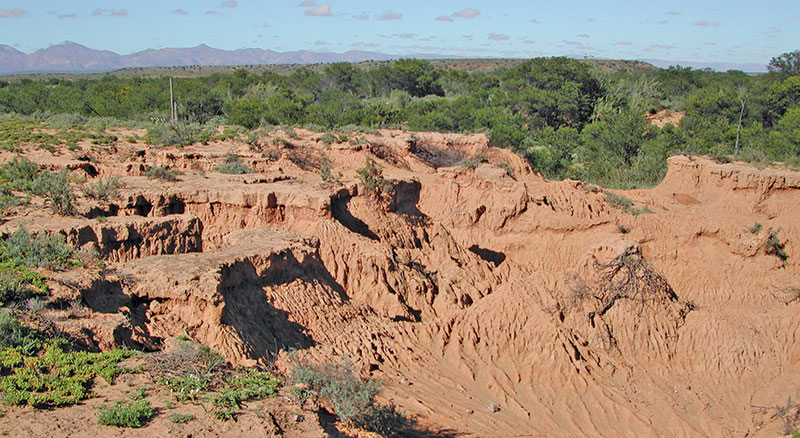
If you’re looking to buy land with state funding, the first question you must ask is: is the land suitable for the kind of farming I have in mind? If it’s not suitable, then even if you have an excellent mentor, you won’t be able to make a living.
READ Farming: A labour of love
Remember too, that the quality of the land can differ from farm to farm. If your next door neighbour’s crops are growing well, it does not follow that yours will too. His soil, for example, might be much better than yours (or much worse).
Fifty years ago, there were 150 000 commercial farmers in South Africa. Today there are fewer than 40 000 – and the numbers are still declining. The main reasons that so many farmers have failed are poor planning and over-exploitation.
Put another way, thousands of farmers have tried to grow the wrong crops or raise the wrong livestock for that area – or have simply put too many animals on the land. As a result, the veld has become eroded, and can no longer support profitable farming.
Land types
Internationally, agricultural land is classified according to its ‘capability’, or what kind of farming it can support. This is determined by how easily it erodes. The best land does not erode easily and can be used to produce annual row crops.
If these are grown, the crops should be rotated with legumes – which can be used for grazing – for pest control and to improve the soil fertility.
READ New smartphone apps to help farmers
Unfortunately, this land makes up only about 8% of South Africa’s total area. The next-best land makes up about 3% of the country’s total area. This erodes fairly easily and can be used for some crops, but only if managed carefully. Row crops should only be planted for three to four years out of every 10 years.
Then there is land that erodes very easily and is suitable only for growing forage crops. This makes up roughly 3% to 6% of the country. Finally, about 80% of the land is made up of natural veld, wilderness areas and wetlands, which need special conservation measures. This land is suitable only for grazing, game ranching and nature conservation, and not for growing crops.
Livestock
Remember that animals too can cause huge erosion problems. All types of land, apart from conservation areas, can be used for livestock, but if there are too many animals on the land, the veld will suffer and there will not be enough grazing. So whether you are running cattle, sheep or goats, you need to find out how many livestock units your land can support.
Do your homework
It’s very important for farmers, as well as government departments that plan land reform projects, to know exactly what each piece of land can produce, and how many farmers it can support over the long term.
READ The benefits of planned and measured irrigation
The modern way to do this is to have soil from each section of the farm tested in a laboratory to determine what can be successfully grown on the farm.
If you’re thinking of buying land, or becoming part of an agricultural project, try to arrange for this soil test. Or at least examine the soil carefully by hand and get advice from other farmers who are doing well in the area.
What’s your best option?
To sum up, if you’re thinking of buying land, or joining an agricultural project, don’t just assume that you can immediately start growing crops there. As we’ve discussed, only a small portion of land is suitable for growing crops.
Check your land carefully to make sure you can make a success of farming there. It’s also important to choose the right crops for your area. This also applies if you’re part of a community claiming land.
Remember that farming is a business, just like any business in the city, and you need to make a profit in order to survive. If you’re going to struggle to grow food on the land, it may be easier to use your cash payment, if that’s available, to start up a business in the city.

